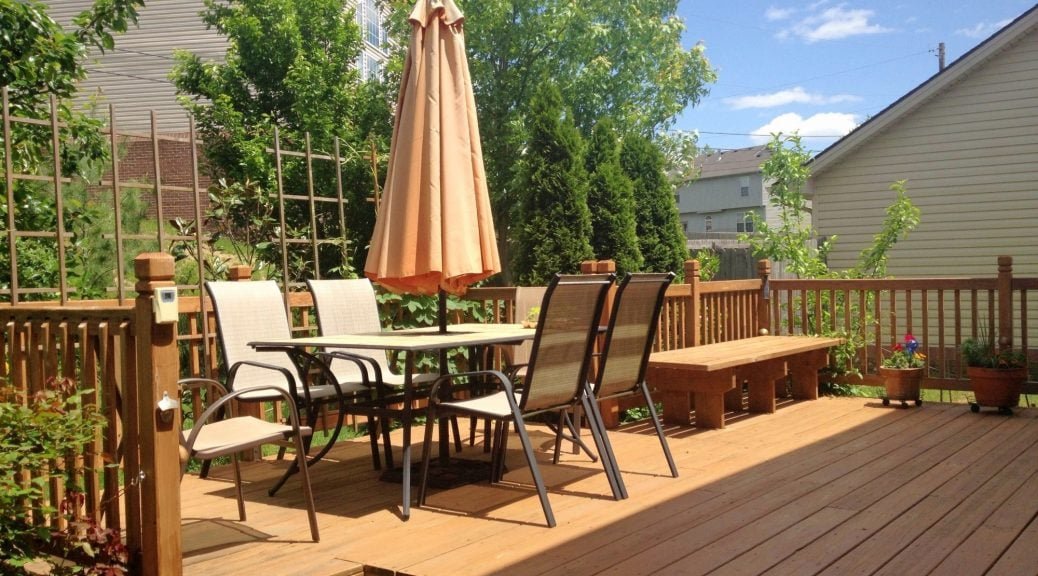
Ipe Wood Types Explained: How to Choose the Perfect Type for Your Outdoor Project
Ipe wood, known for its durability and striking appearance, has become one of the most sought-after materials for outdoor projects. Whether you’re planning a deck, a fence, or outdoor furniture, Ipe’s natural properties make it a standout choice. However, not all Ipe wood is created equal. Understanding the different types, grades, and finishes available can help you make an informed decision tailored to your specific needs.
What is Ipe Wood?
Ipe (“EE-pay”) is a tropical hardwood derived from trees in Central and South America, primarily in Brazil. Belonging to the Handroanthus genus, this wood is prized for its density, strength, and natural resistance to weather, insects, and decay. Often referred to as “ironwood,” Ipe is three times harder than oak, making it an ideal material for projects exposed to the elements.
Key features of Ipe wood include:
- Exceptional Durability: Ipe can last 40-75 years without preservatives.
- Weather Resistance: Naturally resistant to rot, mold, and termites.
- Low Maintenance: Requires minimal upkeep, though regular oiling can preserve its color.
- Aesthetic Appeal: Rich brown tones that can age gracefully to a silver-gray patina.
Types of Ipe Wood
Though Ipe wood comes from the same species, it is available in various grades and cuts that affect its quality, appearance, and usability. Here are the main types of Ipe wood you may encounter:
1. Premium Grade Ipe
- Characteristics: Premium grade Ipe is the highest quality available. It features uniform color, minimal knots, and consistent grain patterns.
- Appearance: Rich, deep brown tones with subtle variations. Few, if any, surface imperfections.
- Durability: Extremely dense and stable, with superior resistance to splitting and warping.
- Best For: High-end projects like luxury decks, poolside applications, and large outdoor structures where aesthetics are paramount.
2. Standard Grade Ipe
- Characteristics: Standard grade Ipe is slightly less consistent in appearance. It may include minor knots, more noticeable grain variations, and occasional imperfections.
- Appearance: Similar rich brown tones but with more prominent natural variations.
- Durability: Still highly durable and long-lasting but may require additional attention during installation.
- Best For: Residential decks, fencing, and other outdoor projects where cost-efficiency is a priority without compromising performance.
3. B-Grade Ipe
- Characteristics: This grade includes more pronounced knots, color variations, and potential surface defects.
- Appearance: A more rustic look due to irregularities in color and grain.
- Durability: While still durable, it may have slightly less structural integrity than higher grades.
- Best For: Budget-friendly projects, such as pergolas, fences, or smaller outdoor structures.
Surface Finishes for Ipe Wood
The finish of Ipe wood plays a significant role in its aesthetic appeal and longevity. Below are the most common finishes:
1. Smooth Finish
- Description: A polished surface that feels sleek and refined.
- Best For: Decking, furniture, and areas where a modern look is desired.
- Advantages: Easy to clean, enhances natural grain patterns.
2. Rough Sawn
- Description: A more textured, unpolished surface.
- Best For: Fencing and structures where a natural, rustic look is preferred.
- Advantages: Better traction when wet, blends well with outdoor landscapes.
3. Grooved Boards
- Description: Boards with grooves along the edges for hidden fasteners.
- Best For: Decking systems that require a seamless appearance.
- Advantages: Clean, screw-free surface and easier installation.
Selecting the Right Thickness
Ipe wood comes in various thicknesses to suit different applications. Here’s a guide to help you choose:
- 5/4″ Boards: Ideal for residential decking and lighter outdoor furniture. Thinner but still highly durable.
- 2x Boards: Thicker boards suitable for heavy-duty projects like commercial decking or load-bearing structures.
- Custom Thickness: Some suppliers offer custom dimensions for unique projects.
Key Factors to Consider When Choosing Ipe Wood
1. Project Type
- Decking: Opt for premium or standard grade Ipe with a smooth or grooved finish.
- Fencing: Consider B-grade or rough-sawn Ipe for a cost-effective, rustic look.
- Furniture: Premium grade ensures a polished, professional finish.
2. Climate and Exposure
Ipe’s natural resistance to moisture and insects makes it ideal for humid or coastal environments. However, if you live in an area with extreme weather conditions, opting for premium grade can ensure better performance over time.
3. Budget
While premium grade Ipe offers the best appearance and performance, standard and B-grade options can deliver great value for less visible applications. Always balance cost with project requirements.
4. Maintenance Expectations
If you prefer minimal upkeep, consider letting your Ipe age to a silver-gray patina. For those who love its rich brown tones, regular oiling is essential.
How to Source Quality Ipe Wood
1. Choose Reputable Suppliers
- Look for suppliers certified by organizations like the Forest Stewardship Council (FSC) to ensure sustainable sourcing.
- Read reviews and check for consistent quality in customer feedback.
2. Inspect Before Purchase
- Ensure boards are kiln-dried to prevent warping.
- Check for consistent grading and minimal defects, especially if opting for premium or standard grades.
3. Request Samples
- Ask for samples of different grades and finishes to visualize how they’ll look in your project.
Installation Tips for Ipe Wood
- Pre-drill Holes: Due to its density, pre-drilling is essential to avoid splitting.
- Use Stainless Steel Fasteners: These resist corrosion and blend seamlessly with Ipe’s finish.
- Seal End-Grain: Apply end-sealer to prevent cracking and warping over time.
- Allow for Ventilation: Proper airflow underneath boards helps maintain stability.
Maintaining Your Ipe Wood
1. Initial Care
After installation, consider applying a UV-protectant oil to preserve the rich brown tones.
2. Cleaning
Regularly clean with a mild soap solution and soft brush to remove dirt and debris.
3. Long-Term Maintenance
- Reapply oil annually if you prefer to retain the natural color.
- Sand lightly if the surface becomes rough over time.
- For a weathered look, let it age naturally without oiling.
Why Choose Ipe Wood for Your Outdoor Project?
Ipe wood is a versatile, high-performance material that’s perfect for a variety of outdoor applications. Its unparalleled durability, stunning appearance, and minimal maintenance requirements make it an investment that pays off for decades. By understanding the different types and finishes available, you can select the ideal Ipe wood for your project’s specific needs, ensuring a result that’s both functional and beautiful.
Whether you’re building a backyard retreat or a commercial masterpiece, Ipe wood provides a timeless, reliable foundation. Take the time to explore your options, and you’ll find the perfect type of Ipe to bring your vision to life.




